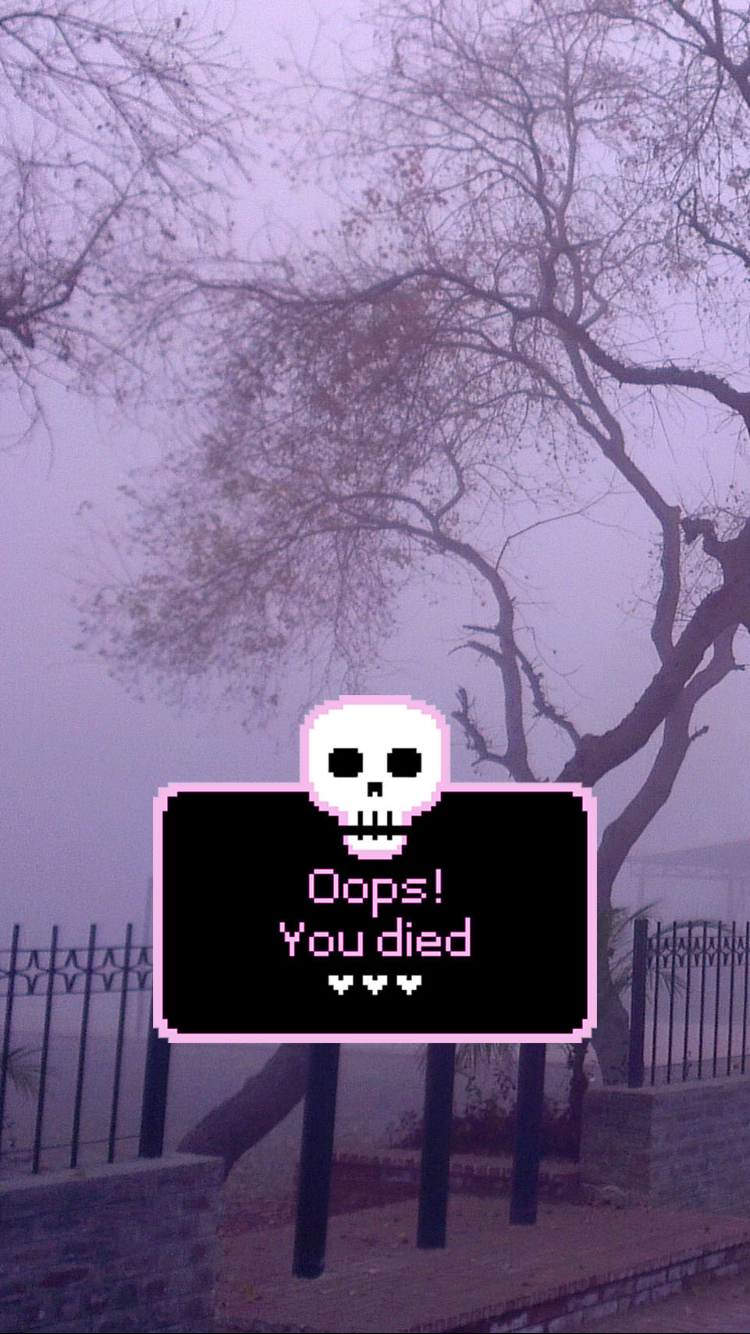The Digital Culture Revolution: The Rise of Weirdcore Aesthetics
The Weirdcore Phenomenon
Weirdcore, an aesthetic that has become increasingly popular primarily through online communities, is redefining the digital culture landscape. It stands out with its unique blend of nostalgia, disorientation, and eeriness, frequently utilizing visuals that echo the 1990s and early 2000s internet culture. However, these familiar sights are altered and presented in a way that is unsettling, breathing a breath of fresh air into the aesthetics of digital art.
Weirdcore: A Closer Look
The heart of Weirdcore is found in its typical elements. These include low-resolution images, obsolete technology, bold colors, and dreamlike or paradoxical environments. When combined, these elements elicit a sense of recognition tinged with something amiss. It's a cocktail of comfort and discomfort, creating an oddly compelling hallucinatory experience. It's like stepping into a dream, where the reality is familiar yet out of sync, and you are left with an unyielding feeling of being somewhere else.
Manipulating Reality
This unique aesthetic doesn't just aim to confuse or disorient. Its intent is to unsettle. This is often achieved by manipulating common or familiar images and settings in ways that make them feel foreign or uncanny. It's a form of digital surrealism that toys with our understanding of reality and perception. The altered images and strange juxtapositions challenge the viewer's expectations, stirring feelings of discomfort and fascination.
The Impact of Weirdcore on Media
Weirdcore's influence is not restricted to a niche community. Its distinctive style can be found across various forms of media, including music videos, album art, websites, and more. It's notably associated with movements like vaporwave that also draw on nostalgia and digital dislocation. However, Weirdcore distinguishes itself with its emphasis on the eerie and the surreal.
Weirdcore's Continued Influence
As we progress further into the digital age, Weirdcore continues to influence and be influenced by internet culture and digital art practices. Its unique blend of the familiar and the strange offers a captivating exploration of our relationship with technology and the digital world. Whether it makes you feel nostalgic, disoriented, or a bit of both, there's no denying that Weirdcore is a mesmerizing aesthetic that's here for the long haul.
Its growing popularity is a testament to the shifting boundaries of art and aesthetics in the digital age. As we continue to expand the limits of creativity and expression, it's intriguing to see what will emerge next from this fascinating intersection of nostalgia, technology, and surrealism. Whatever it is, Weirdcore will undoubtedly have a role to play in shaping it.
Famous representatives of Weirdcore today
1. The artist known as Weirdcore: This London-based video artist makes unique visual works for a range of music artists. They've worked extensively with names like Aphex Twin, alongside others like Radiohead and M.I.A. Their work commonly uses warped, mind-bending visuals and aesthetics from older technology.

2. The animator David Firth: Known for the web series "Salad Fingers," Firth's animation work undoubtedly fits into the weirdcore aesthetic. His work frequently combines elements of the uncanny, the surreal, and the downright disturbing.
3. The artist Trevor Henderson: A Canadian artist and comics maker, Henderson has gained a large online following for his "found footage" style horror illustrations, which often depict monstrous entities in everyday settings. His work could be said to fit within the weirdcore aesthetic due to its uncanny nature and use of nostalgia and digital artifacts.
4. Ryan Trecartin: An American artist and filmmaker, Trecartin's work often explores themes of technology, identity, and modern culture in a way that could be described as weirdcore. His videos are known for their fast pace, non-linear narratives, and weird, surreal imagery.
5. The artist Sarah Zucker: Zucker's work often combines elements of nostalgia, the surreal, and the digital in a way that fits within the weirdcore aesthetic. She works in a variety of mediums, including GIFs, video art, and neon, and commonly uses aesthetics from older technology.
weirdcore

